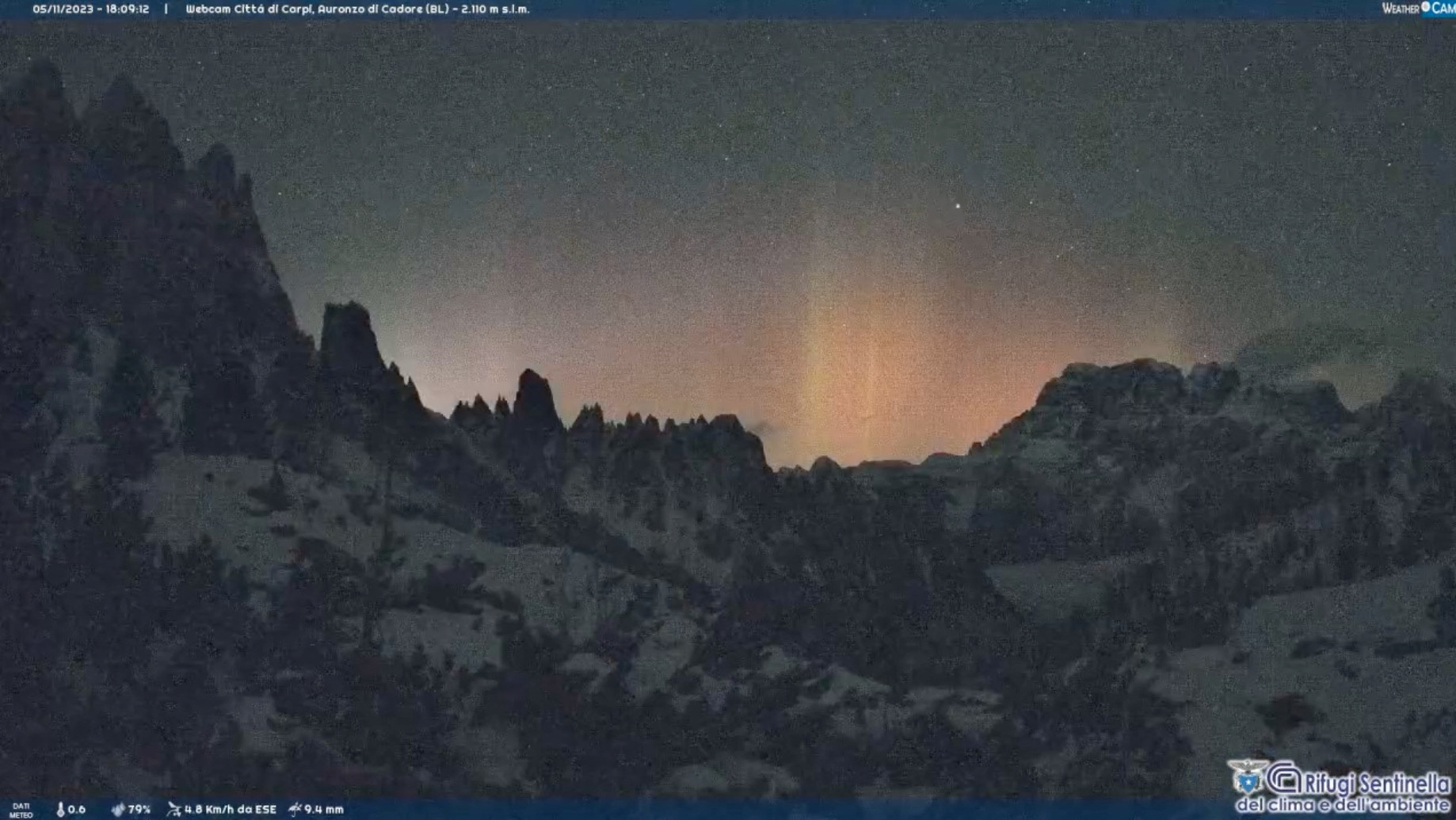Residents throughout northern Greece, from central Macedonia to the Thrace province, witnessed an extremely rare weather phenomenon on Sunday evening known as a ‘red aurora’, or a red version of the northern lights.
The exceptional occurrence was caused by a powerful geomagnetic storm in the northern hemisphere and the red aurora was visible in a large part of Europe, including in other southern European countries like Bulgaria and Italy. The further a country is located from the North Pole, the less common it is to see the northern lights.
Από Σέρρες
Το βορειο Σελας ορατό και στην Ελλάδα λόγο ισχυρής μαγνητικής καταιγίδας!!
#Aurora
Πηγη:Demetris KastorisΟρατό και από την Λεπτοκαρυά Πιερίας . #Auroraborealis pic.twitter.com/0qytgkEs6R
— ariana (@ariana712251) November 6, 2023
The Guardian also reported the phenomenon on Saturday night, where the northern lights lit up much of the UK and Ireland and led to remarkable images over Stonehenge.
Northern Lights over Stonehenge last night 😍✨#aurora #auroraborealis #northernlights #stonehenge
Photo credit Stonehenge Dronescapes on FB 👏👏👏 pic.twitter.com/aFh2XWOME5— Stonehenge U.K (@ST0NEHENGE) November 5, 2023
The northern lights are traditionally seen in Scandanavian countries, often appearing as blue and green colors against the dark night skies, and are caused by the interaction of particles coming from the sun, also known as solar wind.
Depending on which gas molecules are ‘hit’ and where they are in the atmosphere, energy is created and is released as different wavelengths of light, according to the Guardian.
In the case of a red aurora, the sky glows red due to nitrogen, while the more common color of green is caused by oxygen.
The US Department of Commerce’s foremost research and monitoring authority on the matter, National Oceanic and Atmospheric Administration (NOAA), noted that the geomagnetic storm reached level G3 (strong), which is not dangerous for the general public but can lead to power fluctuations, degrade GPS signals, disrupt telecommunications, increase orbital drag on satellites and pose radiation hazards to crews and astronauts.
The northern lights, also the aurora borealis, are named after Aurora, the Roman goddess of dawn, and Boreas, the Greek god of the northern wind. The lights are expected to be stronger this autumn and winter than they have been for years.



